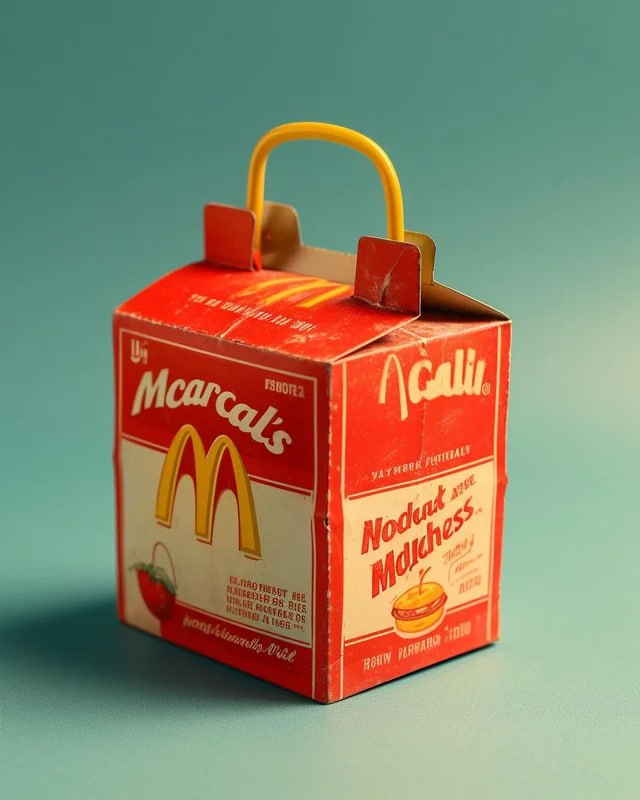
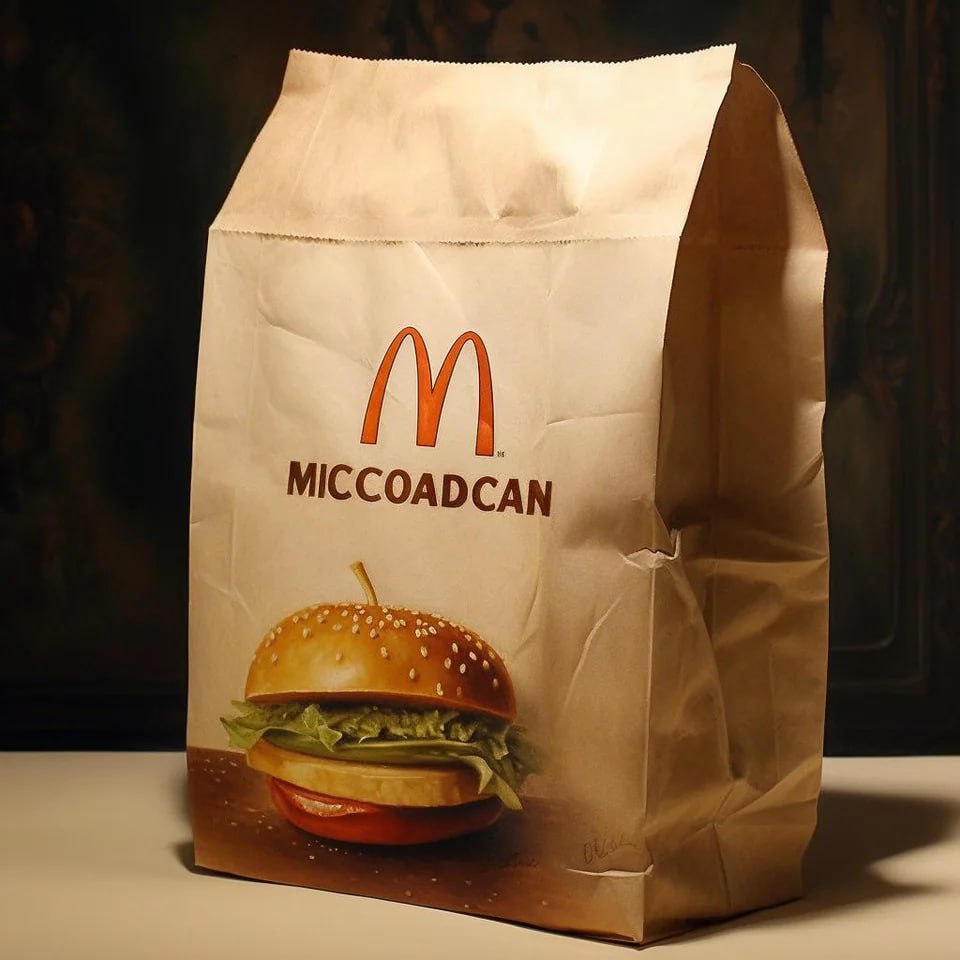



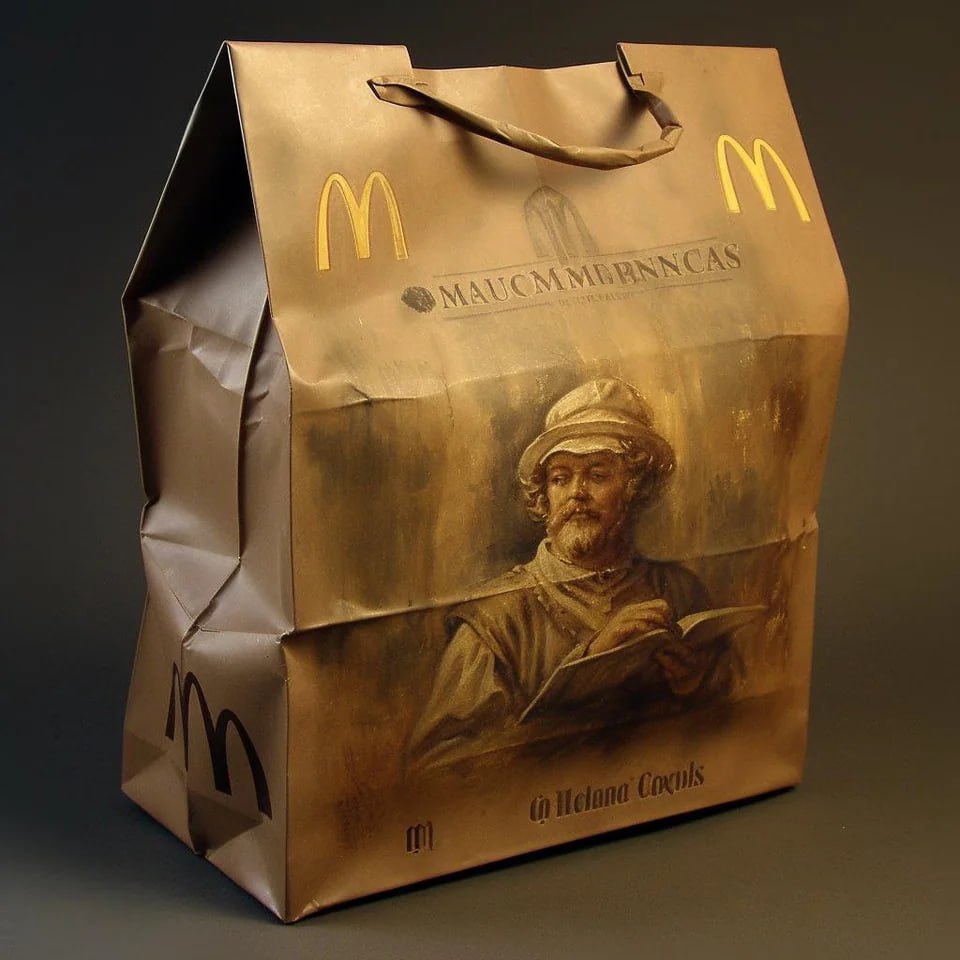
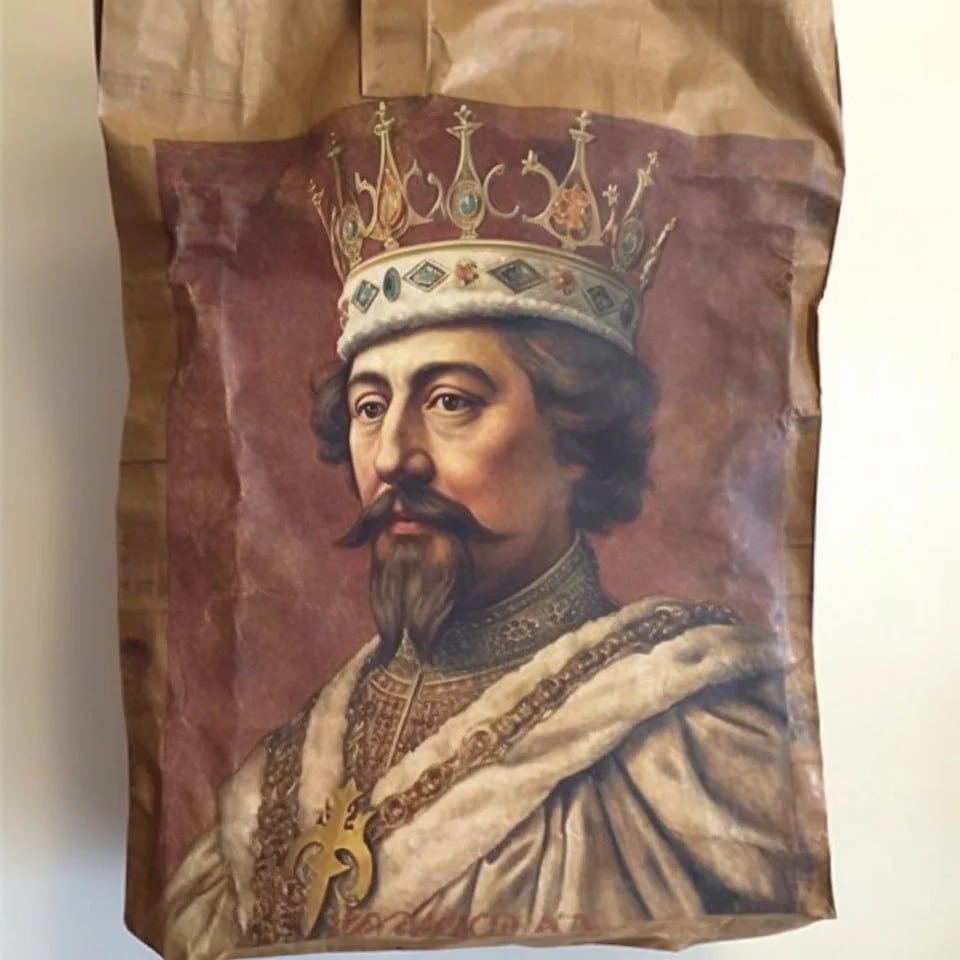
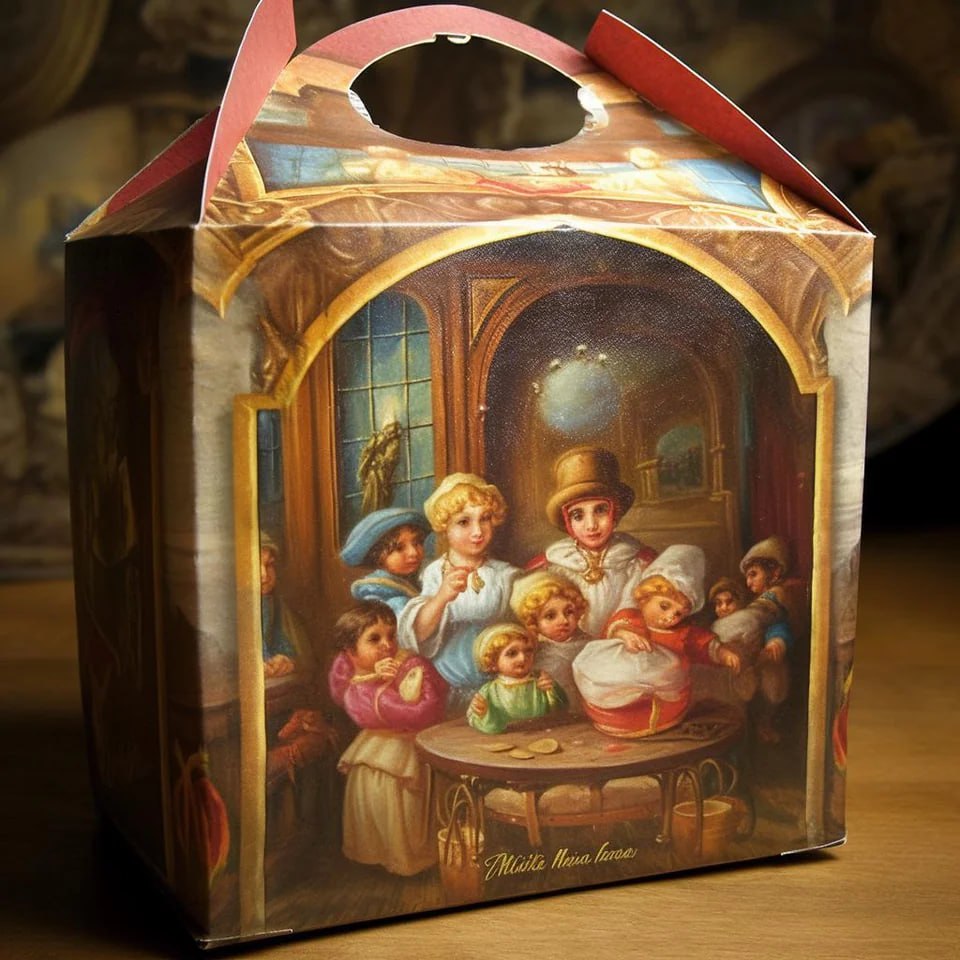
Vintage McDonald’s Packaging: A Nostalgic Journey
Remember the joy of unwrapping your favorite McDonald’s meal, not just for the taste, but for the iconic packaging it came in? Fast food, especially from a global giant like McDonald’s, has always been more than just a meal; it’s been a cultural experience intertwined with memorable branding. Over the decades, McDonald’s has evolved its visual identity, and many of us hold a special place in our hearts for specific eras of their packaging. This isn’t just about cardboard boxes and paper bags; it’s about the memories, the childhood visits, and the distinct feel of a particular time.
The evolution of McDonald’s branding offers a fascinating glimpse into changing design trends and consumer preferences. Each era brought its own unique aesthetic, from the playful and often psychedelic designs of the past to the more streamlined and modern approaches of today. These vintage wrappers and containers are more than just relics; they are tangible pieces of pop culture history that evoke strong emotions and fond recollections.
Which McDonald’s Generation Captures Your Heart?
The question of which «generation» of McDonald’s packaging resonates most with you is a delightful trip down memory lane. We’re not just talking about the food inside, but the very containers that held our Happy Meals and Big Macs. Think about the distinct visual cues, the color palettes, and the overall vibe that each iteration projected.
- MicCoadcan Era: This period might evoke a sense of early, perhaps simpler, branding. It’s the era where the foundation of McDonald’s visual identity was being cemented, often with bold colors and straightforward graphics that communicated fun and family-friendliness.
- Mcarcal’s Era: As the brand matured, so did its packaging. This phase likely saw more sophisticated designs, perhaps incorporating more detailed illustrations or a refined color scheme. It represents a time when McDonald’s was solidifying its global presence and its packaging needed to reflect that ambition.
- MocClaus Era: This later period might be associated with even more contemporary designs, possibly leaning into a cleaner, more minimalist aesthetic or perhaps embracing specific seasonal campaigns that left a lasting impression. It’s the generation that bridges the gap between classic nostalgia and the modern McDonald’s we know today.
Beyond these conceptual eras, consider the specific elements that made each design memorable:
- Character Integration: How were beloved characters like Ronald McDonald and the Hamburglar featured?
- Color Schemes: Did bright reds and yellows dominate, or were there more subtle shifts?
- Font Styles: The typography on a McDonald’s bag can instantly transport you back in time.
- Illustrative Themes: From playful scenes to simple logos, the artwork on the packaging played a crucial role.
The sentimental value attached to these vintage McDonald’s packaging designs is immense. They are visual anchors to our past, reminding us of simpler times and shared experiences. Exploring these different design phases allows us to appreciate the enduring legacy of McDonald’s branding and its impact on popular culture.
If you’re a fan of vintage aesthetics and the evolution of iconic brands, you might also be interested in [the history of fast-food logos](/fast-food-logo-history). Understanding how brands like McDonald’s have visually adapted over time can offer valuable insights into marketing and consumer psychology.
Which of these vintage McDonald’s packaging styles brings back the most cherished memories for you? Share your thoughts and let’s celebrate the golden arches’ colorful past!
Discover More
Контакты: https://t.me/MLM808

